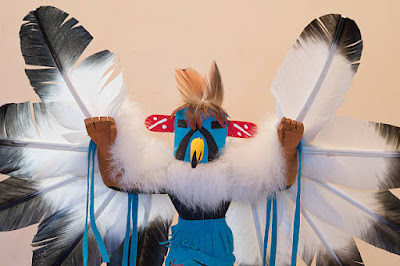
amazon - B&N - Smashwords - Kobo
“Any sufficiently advanced
technology is indistinguishable from magic.” Arthur C. Clarke
Last month, we covered the mythology
of Asia as a source of inspiration, and Indian mythology that could be
interpreted as advanced technology. But this is not unique to that part of the
world.
In the Norse legends, Odin possessed two magical raven who flew over the world and showed him everything that happened in real time. These black birds often represented inside a clear globe would now be called “camera drones.” There is mention of a rainbow bridge, which, according to Albert Einstein, could have been a wormhole (or Rosen bridge). Also, Thor, God of Thunder, did have the power to harness lightning and thunder and used them as a weapon.
Similarly, in Greece, Zeus wielded weapons of lightning and thunder capable of great destruction… not unlike our war missiles.The god Apollo flew north each year in a golden chariot… in other words a shiny metal craft.
The Anunnaki (meaning: they who from the heavens came) claimed to have come to Earth to harvest gold, a commodity they needed to save their own planet. In the process, they genetically improved, educated, and enslaved humans to provide a labor force to work and mine the gold for them. In doing so, they may have started the Sumerian civilization.The Egyptian pharaohs claimed to be descended from the gods who came from Orion in barges. They were embalmed to make the trip back. The pyramids are aligned on Orion’s belt.
The Old Testament says Ezekiel saw a
chariot coming down to Earth with wheels turning inside wheels… not unlike the
modern representations of UFOs.
Ezekiel - St. Augustine Church - Paris France
Jacob witnessed angels climbing a
ladder into a luminous craft.
And the Book of Enoch, one of the oldest manuscripts banned from the bible, describes in simple words his trip into space with angels, aboard a spacecraft, where he saw the Earth from space, then went to another planet and studied in their company. The elaborate details of his trip make a lot of sense to a modern mind familiar with space travel, but couldn’t have been fabricated by someone who didn’t understand advanced technology. Yet, this witness account was penned millennia ago.This happened all over the world. In the Americas, many Native American tribes relate that sky people came as teachers (Kachinas) to educate their ancestors. The Thunderbird can also be interpreted as a vehicle transporting sky people.
The Incas, the Mayas, the Aztec, all
had similar stories, about beings coming down in crafts from the Pleiades,
sometimes demanding blood sacrifices, and strongly influencing their culture.
Several African tribes also spoke
for centuries about being visited by space travelers from the Sirius II system.
No one knew Sirius II existed until quite recently, as it is hidden by Sirius
I.
So, you see, one doesn’t have to go
far to find inspiration about science fiction stories. Space travel and alien
visitation are old recurring themes even on our little planet.
This month, Congress reviewed undeniable footage of UAP (Unexplained Aerial Phenomena) taken by the US military, to discuss the implications for National Security.
Soon we will explore space on our
own, search for new planets and encounter new civilizations, some more
advanced, and others in infancy, and we, too, will become the powerful beings
who encourage the pursuit of knowledge and accidentally start new myths and new
religions… like in the Star Trek movie, where Captain Kirk inadvertently starts
a new cult when the natives witness the Enterprise rising from the depths of
the ocean and taking flight.
In the meantime, you can dream and imagine other worlds by reading science fiction, my favorite genre.
Happy Reading!
amazon - B&N - Smashwords - Kobo








.jpg)



















.jpg)










